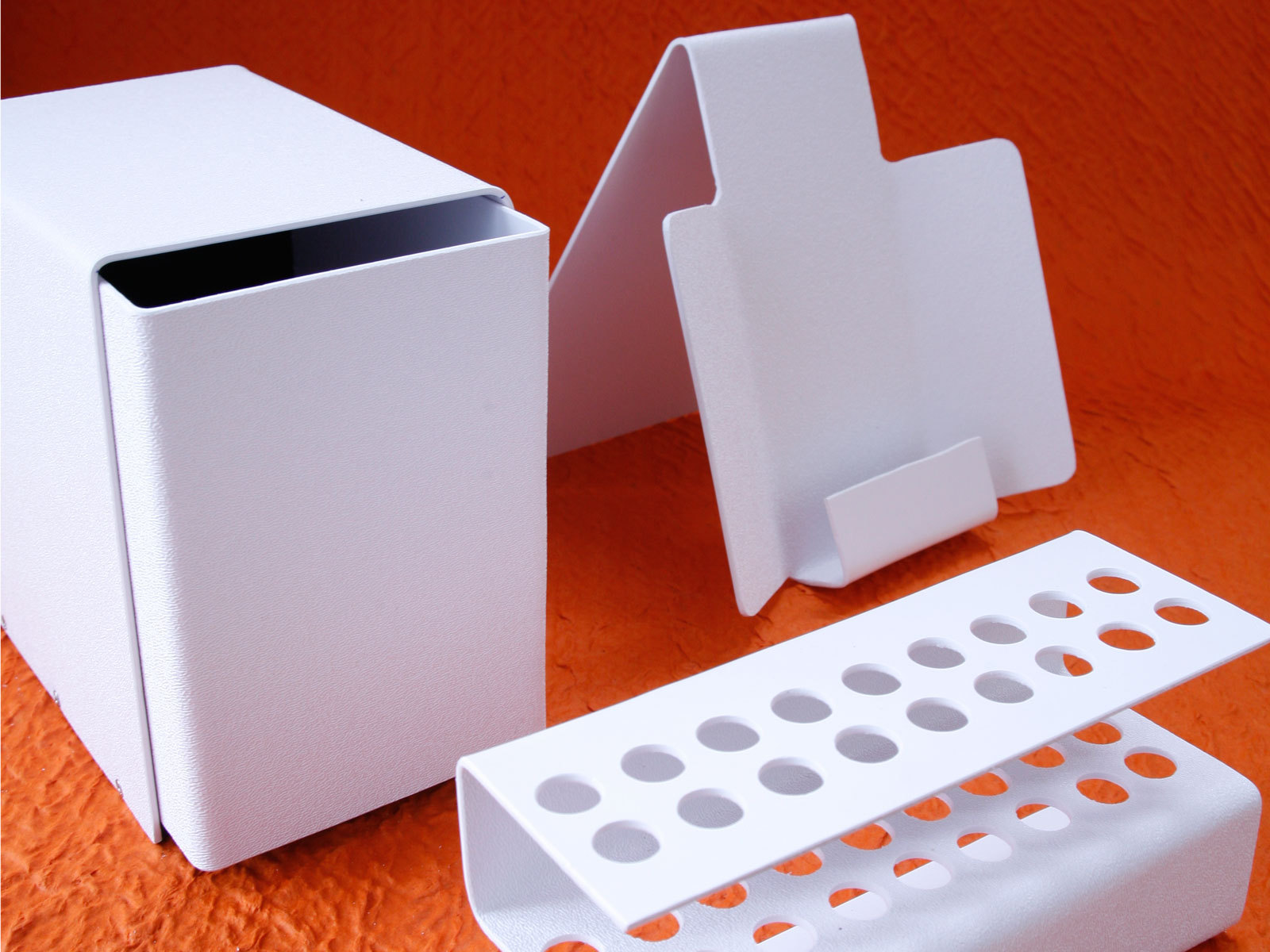Last night I dreamed of a magical material that would be bendable like metal, as easy to shape as wood, and would never warp, split, or splinter. It would be washable, would never need painting, and would last almost forever.
This morning, when I sat down at my desk, the stuff from my dream was right in front of me. It fact, it had been there for several months, ever since I made a pen rack from ABS.
ABS is acrylonitrile butadiene styrene, a plastic that really does have dreamlike qualities. If you’ve ever picked up a Lego block, you’ve handled ABS. Car stereo installers and model railroad buffs sometimes use it, but craftspeople and hobbyists generally have been slow to adopt it. You can saw it, drill it, sand it, whittle it, and drive screws into it, and it never warps, splits, or splinters. Best of all, you can bend it quickly into complex shapes by using a simple gadget that costs around $200.
To acquaint you with its pleasures (and a few quirks), I’ll describe how to build a page stand — a simple work aid that facilitates copy-typing by holding pages upright beside your video monitor. After that I’ll describe a portable CD caddy and a pen rack, and will suggest more projects you can make.


